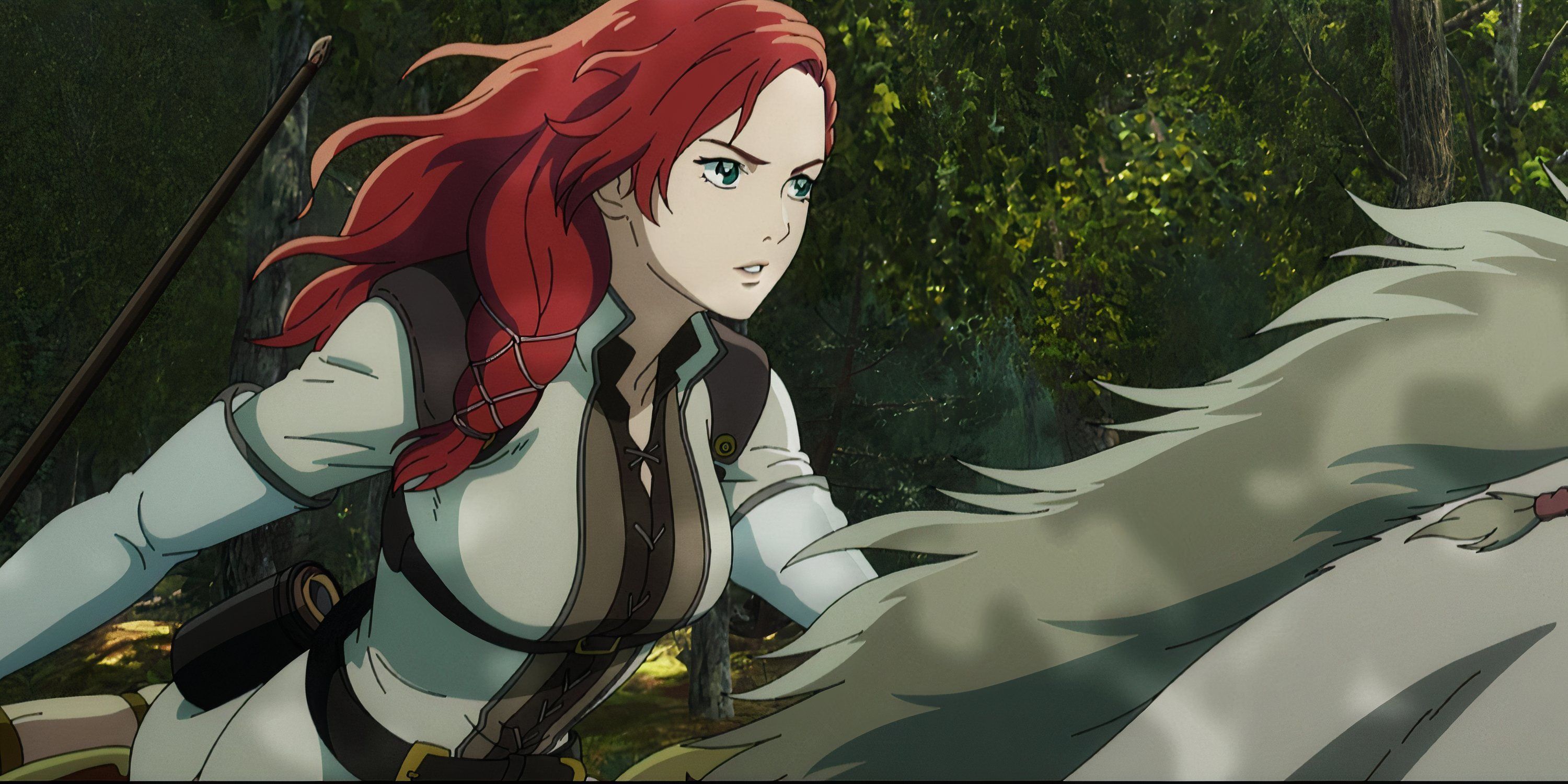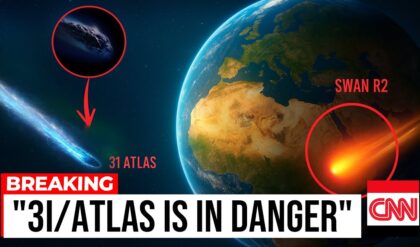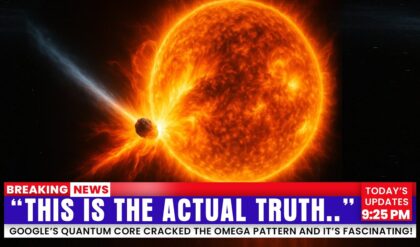
The Lord of the Rings: The War of the Rohirrim director Kenji Kamiyama and producer Joseph Chou have opened up about the film’s harrowing production schedule in a new interview, shedding light on its “unprecedented” anime timeframe.
The Lord of the Rings franchise has long followed characters as they undertake harrowing quests. Some are more whimsical, like that of The Hobbit, while others are more dark and terrifying, like that of the Lord of the Rings trilogy. No less harrowing is the journey to bring these stories to the big screen. The struggle to bring Peter Jackson’s The Lord of the Rings trilogy to life is well-documented, and the torrid production of The Hobbit has become infamous. Creating an animated film in the series would be no less stressful under normal circumstances — and Lord of the Rings: The War of the Rohirrim was not a typical anime production.
LOTR: War of the Rohirrim Director Aimed to Be Faithful to the Peter Jackson Trilogy While Still Being ‘Anime’
While most Japanese animated films are created over nearly a decade by a whole host of animation directors, Lord of the Rings: The War of the Rohirrim was created in only a couple of years with a single director at the helm. This put a massive strain on its production, especially for director Kenji Kamiyama. The film’s producer, Joseph Chou, opened up to IndieWire about the arduous production.
“We had motion capture as a base that the animators would then exaggerate or reinterpret,” Kamiyama said. “Because the production had to collaborate with international studios and animators worldwide to finish the film in time, it sometimes meant a lot of trial and error. I’d tell them, ‘Don’t trace,’ but they’d still just trace it, and it would look robotic rather than like natural movement.” However, that’s not to say the whole film was created with motion capture. Some scenes, such as the film’s protagonist Hèra’s final duel with Wolf, were done entirely with traditional hand-drawing techniques. Kamiyama wanted to emphasize the unique qualities of anime, saying, “You see a lot of stylized sequences that look very different from our live-action counterparts to signal that this is faithful to the Peter Jackson trilogy but is also anime.”
Chou stresses that despite the demand for anime being higher than ever, there simply aren’t enough trained animators available for every project. In the end, more than 60 animation studios in both Japan and overseas — such as MAPPA (Jujutsu Kaisen, Chainsaw Man) and Production I.G (Ghost in the Shell: Stand Alone Complex, Psycho-Pass) — were used alongside Unreal Engine to help plan shots. Meanwhile, there were only two in-house crewmembers to work on clean-up and corrections, whereas a project the size of Rohirrim would typically have required roughly 40 people. In the face of these kinds of challenges, whether the movie’s creators succeeded in making it feel like anime remains a controversial topic among both fans and critics.





